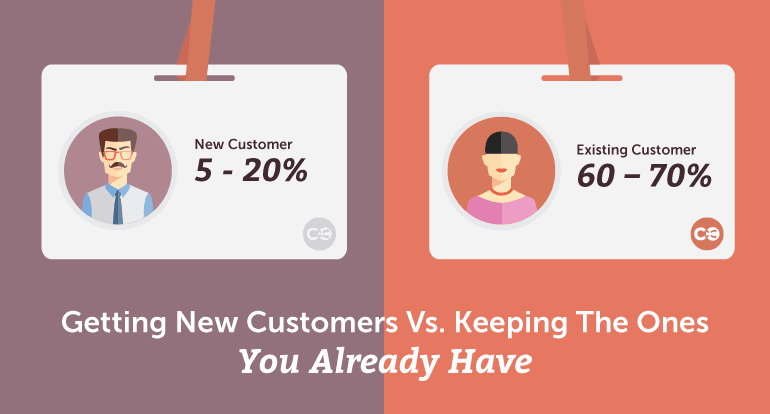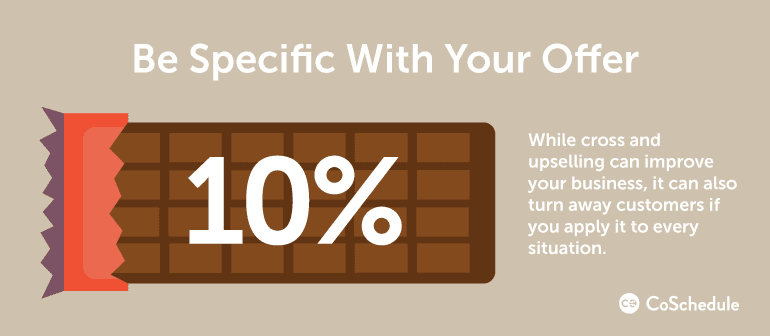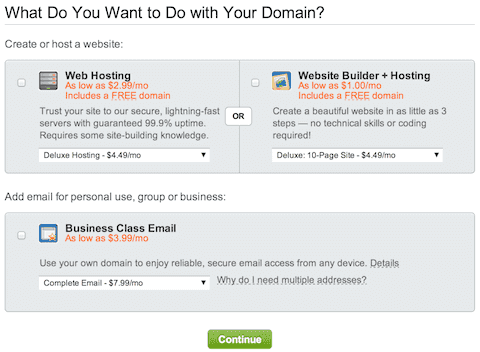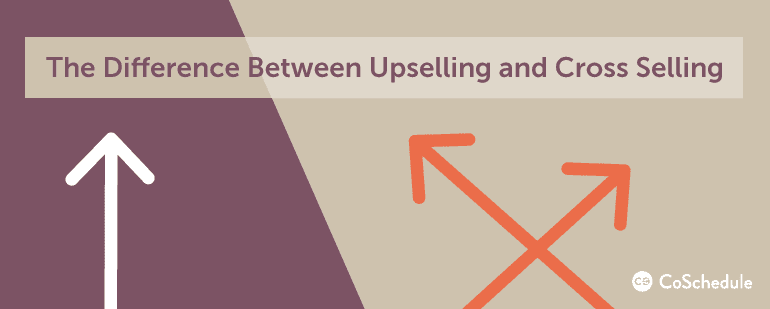5 Offbeat Marketing Techniques That Will Increase Your Traffic
 We’re all familiar with the product upsell. You’re paying for your coffee and the clerk asks if you’d like a bagel to go with it. Or, you’re trying to check out online and the website keeps offering you new deals to consider.
These are upselling and cross selling techniques. When done right, they work. When done poorly, they annoy the heck out of people who just want to give you their money so they can go on their merry way. You don’t want to annoy people who are trying to give you money.
What if you applied some of these same marketing techniques to your content? Could you get more traffic, more readership, more leads? And, more importantly, could you help your readers more than you are now?
We’re all familiar with the product upsell. You’re paying for your coffee and the clerk asks if you’d like a bagel to go with it. Or, you’re trying to check out online and the website keeps offering you new deals to consider.
These are upselling and cross selling techniques. When done right, they work. When done poorly, they annoy the heck out of people who just want to give you their money so they can go on their merry way. You don’t want to annoy people who are trying to give you money.
What if you applied some of these same marketing techniques to your content? Could you get more traffic, more readership, more leads? And, more importantly, could you help your readers more than you are now?
5 Offbeat Marketing Techniques That Will Increase Your Traffic
Click To TweetWhat is cross selling?
Cross selling has to do with related products. It’s selling a customer something that they might be interested in based on what they’re already buying.What is upselling?
Upselling is when you aren’t so much interested in selling a customer a product related to the one they intend to buy, but instead want to sell them a higher-end version of it. Purchasing Samsonite luggage? Why not consider Louis Vuitton. The motivation and method behind these sales approaches are quite different.How do you use them?
When you cross sell, you hone in on what the customer needs, and offer additional products or services because you think they could be a help. Upselling is less about what the customer needs and more about painting a rosy picture of how the more expensive item has more value for them. Cross selling is helpful. Upselling relies more on the narrative. Both meet a kind of need, the former being a real need and the latter being a felt need. Neither will work if all you do is list features during the sale. It’s additional value (cross selling) vs. higher value (upselling). It’s lateral (cross selling) vs. vertical (upselling).How To Apply Upselling And Cross Selling Techniques To Your #ContentMarketing
Click To TweetPutting It To Work In Your Content
Let’s say that your readers are your customers (because they are). Getting new customers costs much more than keeping the ones you already have, even though most of us get caught up in focusing on getting new ones. According to the book Marketing Metrics (hat tip: GrooveHQ), selling to a new customer carries a probability of 5–20%. Selling to an existing customer sits at 60–70%. Upselling and cross selling take an existing customer and extract more value from them. These techniques also make for a happier customer, particularly if you’re really hitting their needs and providing help.
Upselling and cross selling take an existing customer and extract more value from them. These techniques also make for a happier customer, particularly if you’re really hitting their needs and providing help.
5 #MarketingTechniques make for a happier customer, especially if you are hitting their needs.
Click To Tweet#1. Be A Good Listener
These two marketing techniques rely heavily on listening to your customer. You’ve heard the recommendation to pay attention to what’s being said to customer support to get ideas on content to create. You should also use what you’re learning there to spot where upselling and cross selling might work.#2. Be Specific With Your Offer
A good in-post call to action (CTA) is one that makes sense and taps into the likely needs of the reader.Offering a free laundry detergent sample pack in the middle of a post about marketing makes no sense. On this blog, we like to offer related ebooks and worksheets that go along with the content for those readers who want something to print out and use offline.Upselling and cross selling must make sense for the specific customer and situation. It cannot be a blanket approach. For example, when you are buying a candy bar at a Big Box store and the clerk at the register sees a prompt on his computer and asks, in monotone, if you’d like to apply for a store credit card and save 10%. 10%. On a candy bar.
 Or when you are trying to check out of an online store and you have to go through page after page of “add this! do you want this?! get this!” and none of the offers have anything to do with what you want to buy.
Or when you are trying to check out of an online store and you have to go through page after page of “add this! do you want this?! get this!” and none of the offers have anything to do with what you want to buy.
#3. Sell Benefits, Not Features
People buy things to solve problems. That’s it. Granted, they might buy things that “solve” a problem in a roundabout or seemingly unrelated way (e.g. buying expensive clothes because of a self esteem issue, or shopping because of boredom), but the gist of it is that we spend money because there is a problem that needs solving. Features might solve problems, but they need to be translated into benefits in order for customers to see what problems they solve. Neil Patel uses GoDaddy as an example (and boy, does that company like to do the upsell) of mistaking features as the selling point. From the QuickSprout blog. “How To Upsell Your Customers”
Patel points out that GoDaddy tends to sell based on features without really explaining why these features are a benefit. The customer isn’t clearly told why these might be useful.
From the QuickSprout blog. “How To Upsell Your Customers”
Patel points out that GoDaddy tends to sell based on features without really explaining why these features are a benefit. The customer isn’t clearly told why these might be useful.
#4. Use Social Proof
Social proof can be helpful for upselling and cross selling. Think of how Amazon lists what other shoppers who looked at a product also bought. Or the small “#1 Seller” flag on products that are sometimes more expensive. Knowing that other people went for the upsell and the cross sell convinces people it’s probably safe to do so, too. And nothing upsells like seeing a more expensive product getting five stars when the cheaper version you were looking at has only three.#5. Create Content Bundles
Apps such as Uberflip and Storify (or even our very own #CoChat summary blog posts) indicate that readers like to see content bundled into one place. That’s great news if you’re looking to upsell and cross sell. Creating a bundle of products makes the upselling and cross selling much easier, because your customer can easily see that they are getting added value.- Find similar content product types. For example, put together a collection of your best ebooks, or your most helpful worksheets. Bundle them into one download.
- Find similar content topic types. Offer an ebook/webinar/download on the same topic. Make an “Everything You Need To Get Started Blogging” bundle.
- Connect with other content creators. Bundle your content, products, or services with someone else’s content, products, or services. It’s good buzz for both of you, and a good way to find an audience with who you choose to partner with.
- Add services to your bundles. Consider adding a service, such as consulting or an audit, along with your content bundle. “Get our ebook on landing page copy, and a free copy audit of one landing page.”
Bundling gives second life to the individual pieces of content you already created.
Click To Tweet


